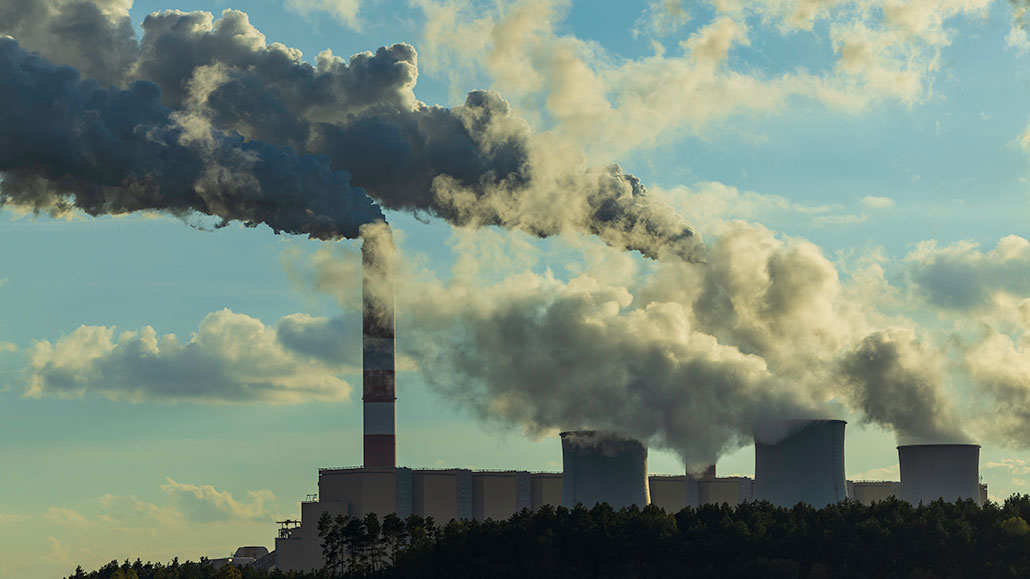
Tech
Engineers cook up a new way to tackle CO2: Make baking soda
Engineers have found a material that can collect carbon dioxide from the air. When later mixed with water, it forms baking soda that can be shed in the sea.
Come explore with us!

Engineers have found a material that can collect carbon dioxide from the air. When later mixed with water, it forms baking soda that can be shed in the sea.
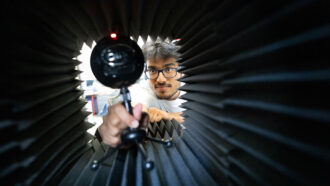
Researchers crafted tubes that can trick AI into mistaking one person’s voice for another’s. Bad guys could use such tricks to hack into accounts.

If made under gentle conditions, leather formed from the “roots” of mushrooms can retain the ability to regrow and repair minor damage.

Dentists have sterilized medical equipment with ultraviolet-C light for years. Applying this tech to bandages had proven a challenge — until now.

To store the energy generated by wind and solar power, researchers are looking at mammoth systems that raise and lower weights.

Unlike solar power, this new source of electricity is available day or night.
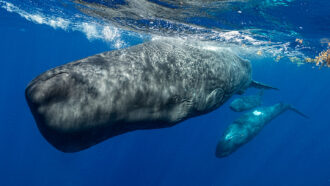
AI translates human languages with ease. Researchers are now using this tech to analyze the sounds of whales, rodents and many other animals.
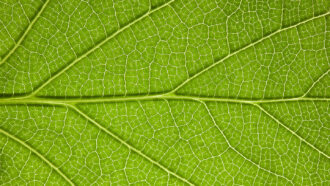
Chemists make a liquid alternative to fossil fuels from carbon dioxide, water and the sun. Their trick? They use a new type of artificial leaf.
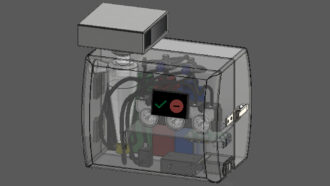
A new device can detect from seven to 35 coronavirus particles per liter of air in minutes. That’s close to a PCR test’s sensitivity — but much quicker.
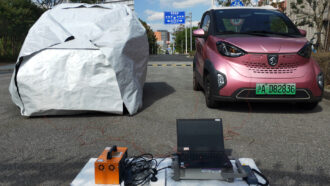
A prototype fabric could help keep cars, buildings and other spaces cooler during heat waves while also reducing greenhouse-gas emissions.